I have two clarifications to that last email. First, the workday I listed is during the week. We have some retirees and others who have volunteer time at their place of work, so I figured we can get a jump on the board replacement even if we just have a few folks show for the first workday of the year. For those of you that are handy with tools, I will reiterate that replacing the boards is a relatively easy process once you have the boards on site. The hardest part is removing the soil from the inside edge of the boards – but generally that can be done with a shovel in under 30 minutes. If you want to see what your plot should look like just prior to having the boards replaced, please have a look at R.B.’s plot – #30. If you can prep your plot to look like that, it will make it easy to knock out the board replacement. That process will help with the controlling the Bermuda grass as well (the runners creep in from the sides). See photo below.
The second question that has come up is that a few people have mentioned that their check hasn’t been cashed. Those that sent me checks early in the process (thank you!) were sent with my own check to EnRichmond’s address listed on their website’s deposit form. I noticed that my own check hadn’t been cashed, I decided to visit them last week to make sure that my process was ok. As it turns out, the address on the deposit form is old, but they still get the checks from that location (The Landmark) but the folks at the Landmark are sometimes a little slow to notify EnRichmond that they have mail there… so that explains why they didn’t cash the first round of checks as of last week. With the second round of checks, I hand delivered them during my lunch visit, so I expect those to move much faster. Any checks received later than last week will either be dropped in the lockbox or sent to the new location.

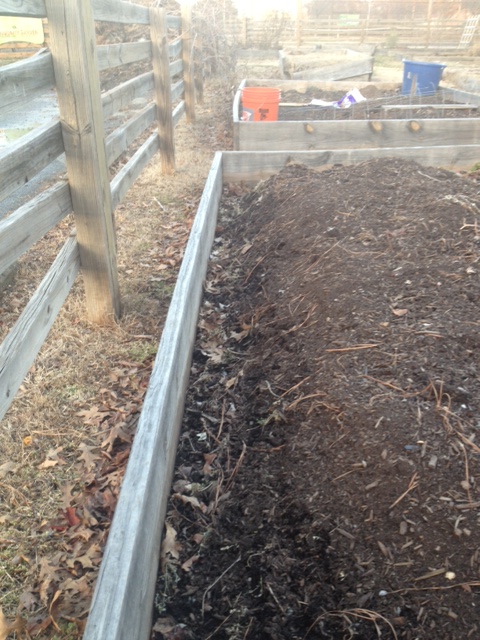

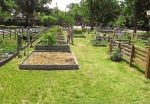
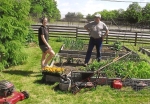


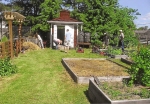


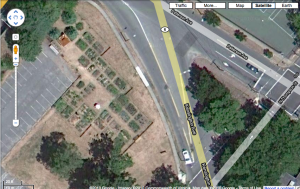
You must be logged in to post a comment.